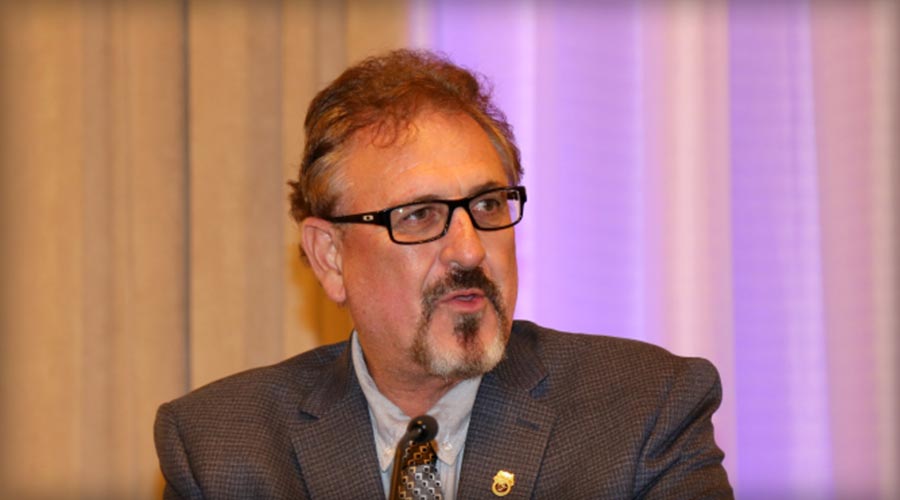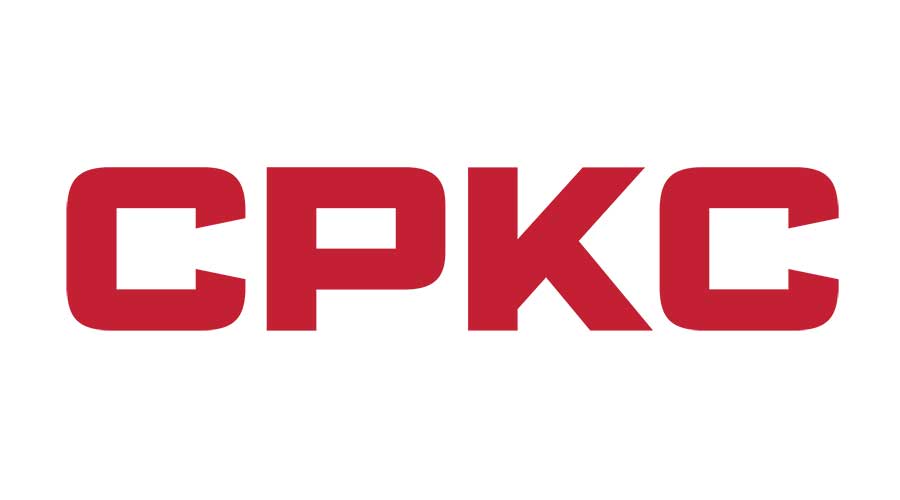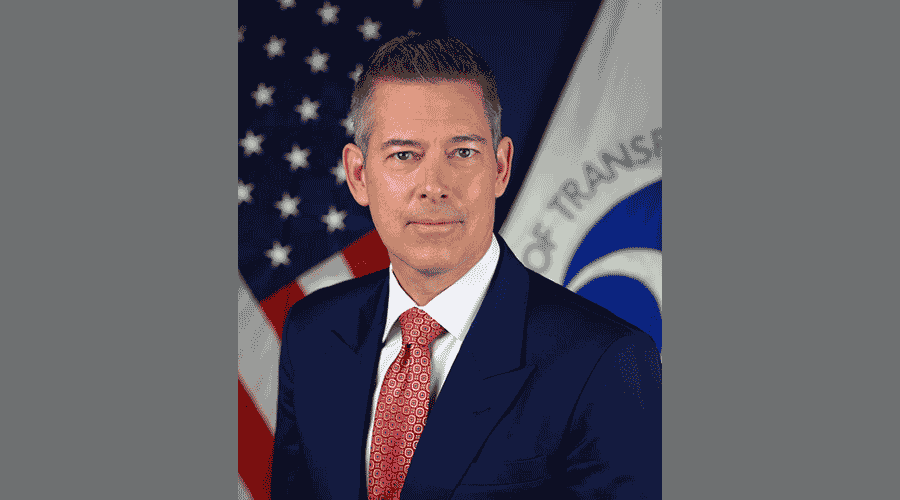Stay updated on news, articles and information for the rail industry
11/14/2013
Rail News: Passenger Rail
New York MTA releases final 2014 budget proposal, four-year financial plan
The Metropolitan Transportation Authority (MTA) yesterday released its final budget proposal for 2014 and four-year financial plan, which the agency's board is scheduled to vote on in December.
The plan factors in new cost reduction measures and "favorable operating results and tax revenue re-estimates" that occurred since the preliminary budget was released in July, MTA officials said in a press release.
Agency officials expect that a combination of cost-cutting, lower expenses and higher operating revenue will enable the agency to reduce by almost half the previously projected fare and toll increases scheduled for 2015 and 2017, they said.
It's anticipated the plan will limit expense increases in 2014 to 1.96 percent, in line with inflation, they said. MTA's cost containment efforts will help the agency increase its savings goals by $200 million annually by 2017. Those efforts include administration consolidation and efficiencies in workers' compensation, energy, procurement and inventory control.
MTA expenses that have been rising faster than the inflation rate include employee health and welfare costs, pensions, paratransit operations and debt service. In this plan, the MTA continues to restrain the growth of these costs, they said.
"We try to keep costs down in order to minimize the financial burden on our customers, and as this financial plan shows, we are succeeding in that effort," said MTA Chairman and Chief Executive Officer Thomas Prendergast. "Our customers want value, which is quality and quantity of service, and that service has to be reliable and safe. Through this financial plan, that’s what we work to provide."
As a result of cost cutting and increased tax and operational revenue, agency officials anticipate the previously announced 2015 and 2017 fare and toll increases would yield an increase of 4 percent. This amount is almost half of the 7.5 percent yields that had been previously projected, they added.
The plan calls for $18 million for service investments proposed in July, $11.5 million in increased service to meet loading and headway guidelines, and $11 million in additional customer enhancements.
The plan also increases the annual "pay-as-you-go" funding for the capital program by $40 million a year on top of the $80 million increase included in the July plan, for a total of $370 million a year starting in 2015. This will serve as a down payment for the 2015-2019 capital program, potentially providing as much as $6.5 billion of funding, officials said.


 2025 MOW Spending Report: Passenger-rail programs
2025 MOW Spending Report: Passenger-rail programs
 Gardner steps down as Amtrak CEO
Gardner steps down as Amtrak CEO
 Guest comment: Oliver Wyman’s David Hunt
Guest comment: Oliver Wyman’s David Hunt
 Women of Influence in Rail eBook
Women of Influence in Rail eBook
 railPrime
railPrime







